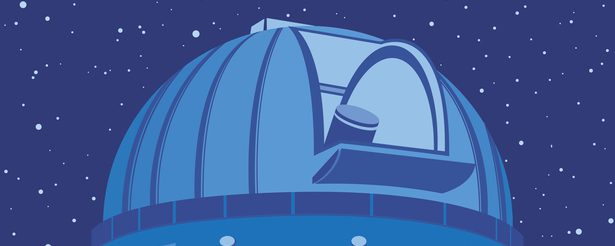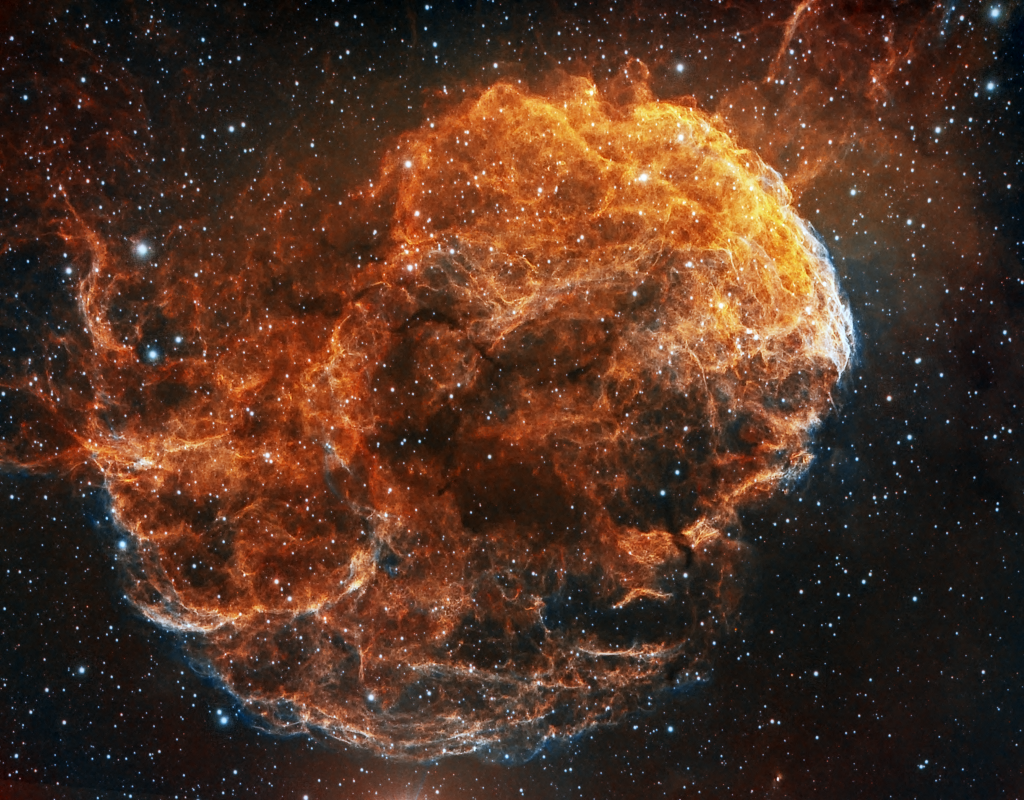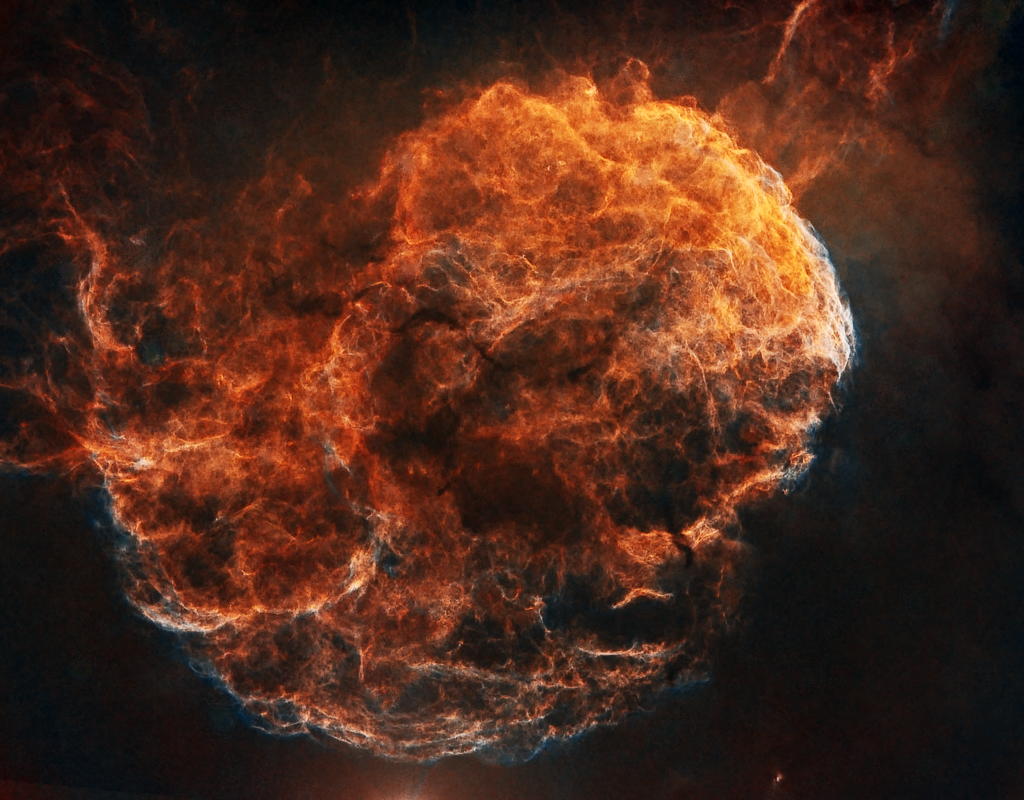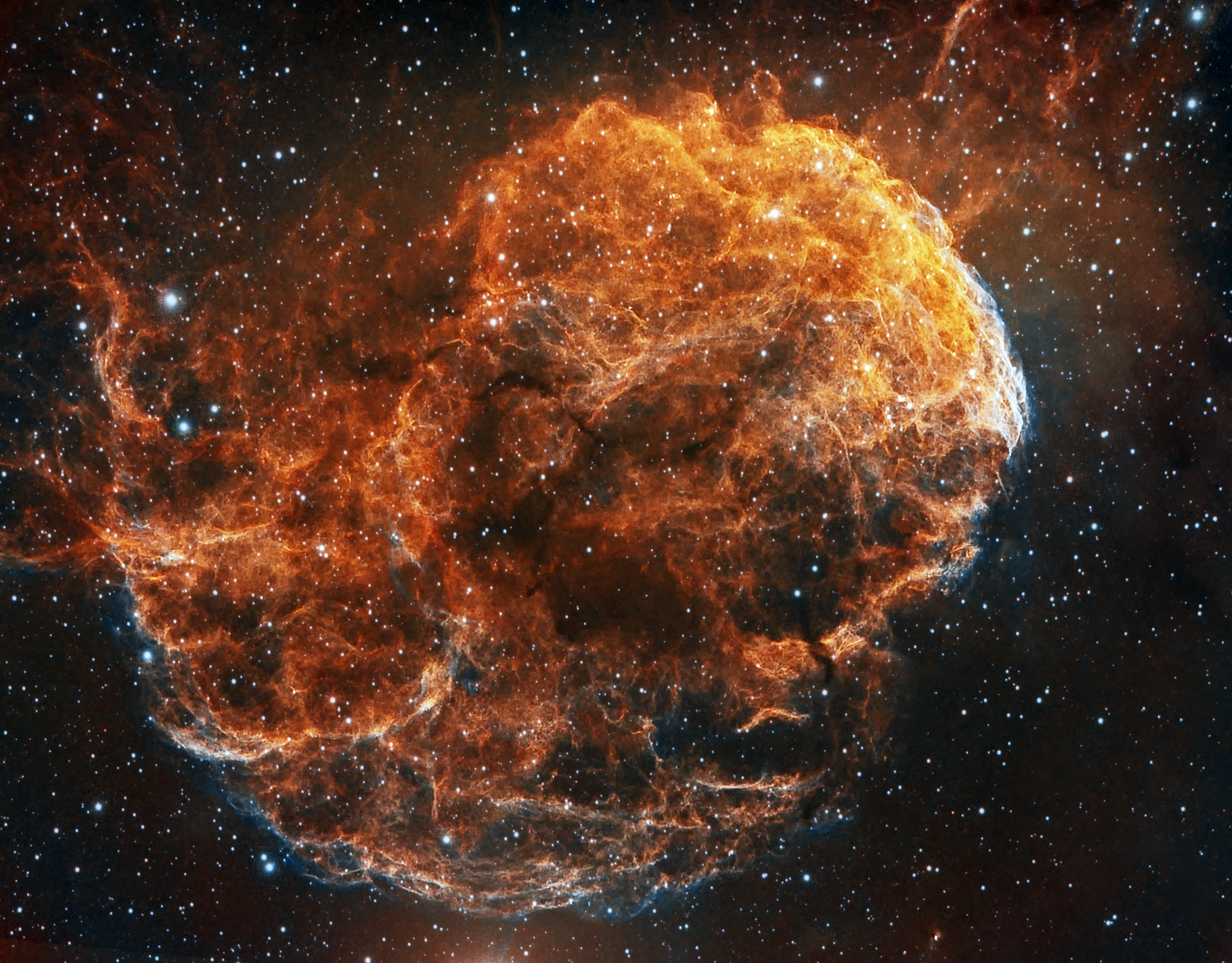
Similar Posts
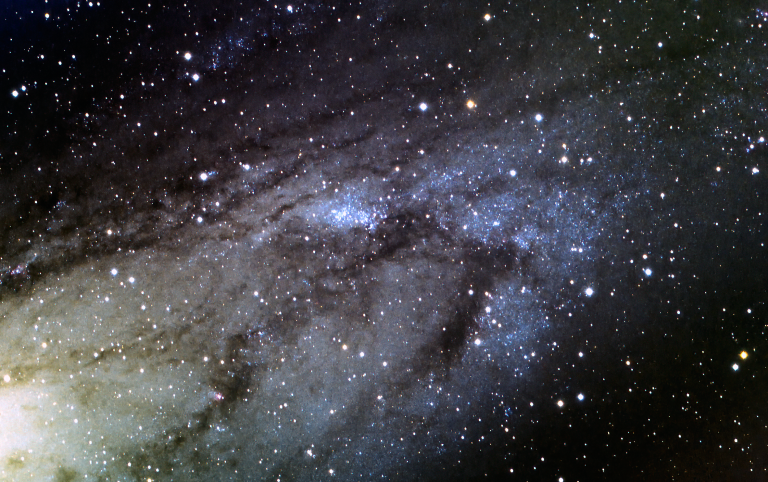
A Star Cloud in Another Galaxy
NGC206 is an unusual object. It’s a cluster of stars, which in itself is not unusual at all… but it’s in ANOTHER GALAXY. The Andromeda Galaxy, to be precise. The fact that we can see it so clearly, two and a half million light-years away, boggles the mind. It’s that cluster of blue stars near…
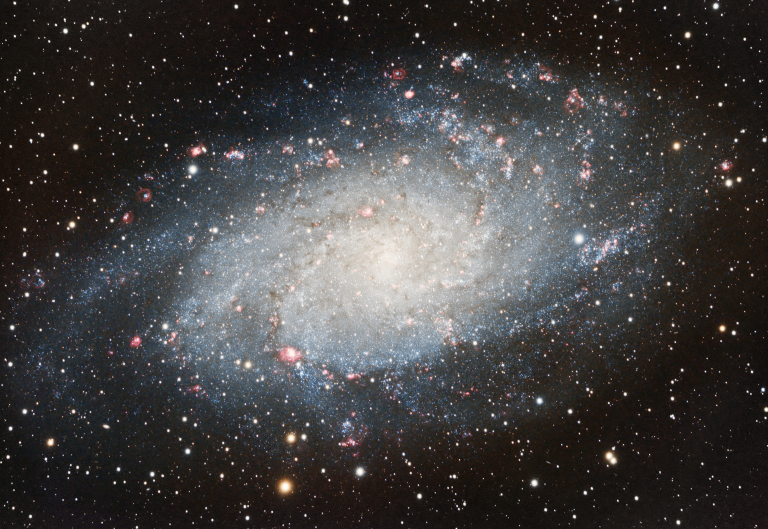
Revisiting E.T.’s Galaxy (M33)
I’ve imaged M33, the “Triangulum Galaxy” before – but not yet from our new home with darker skies and better equipment. I’m really pleased with how this came out – although M33 is very close to us (2-3 million light-years – that’s close by galactic standards!) it is notoriously difficult to image. Although it’s close,…
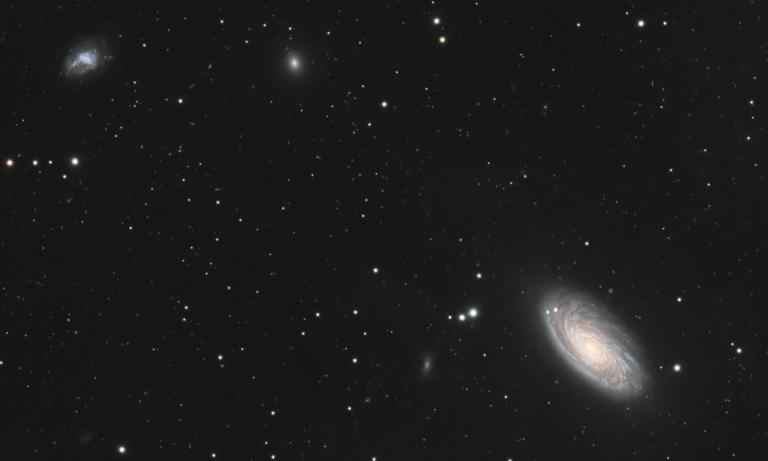
The galaxy M88 and friends
Messier 88, within the constellation Coma Berenices, is part of the nearby Virgo cluster of galaxies. And by “nearby”, I mean 50-60 million light years away! The light we’re seeing from this galaxy originated from the time of the dinosaurs. Telescopes are really time machines. There are many other galaxies surrounding M88, both smaller and…
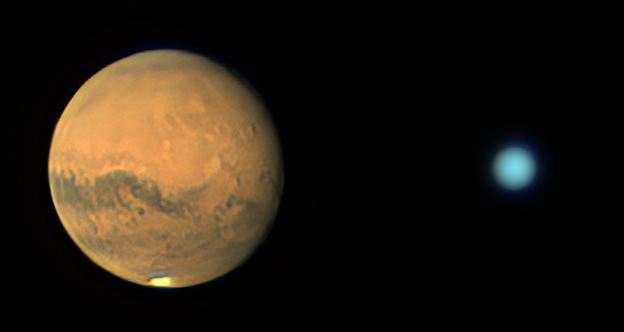
Mars and Uranus
As with any form of photography, getting a good shot is largely about being in the right place at the right time. When it comes to photographing the planets, sometimes that means getting up at a painful hour. Both Mars and Uranus are nearing “opposition” – the point where they are directly across from Earth…
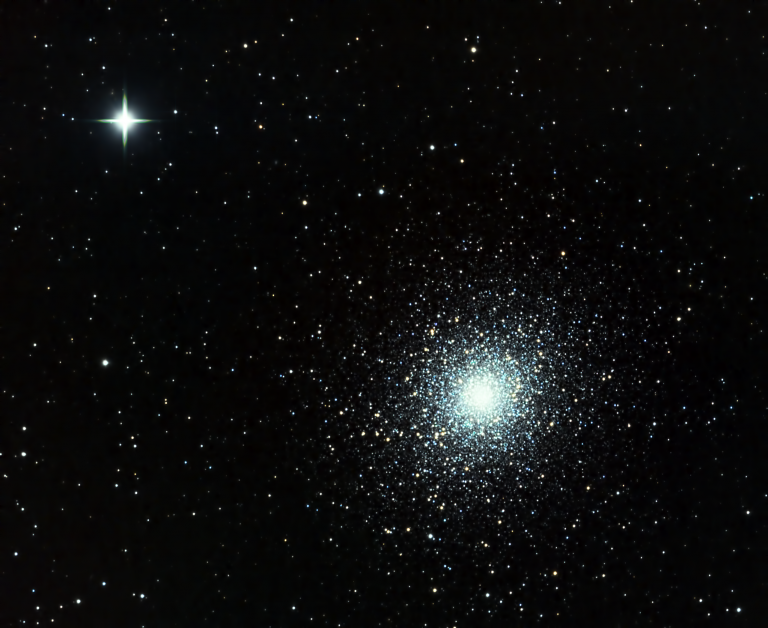
Globular Cluster M5
One of the largest and oldest (13 billion years) globular cluster of stars near our galaxy – there are hundreds of thousands of stars in there. There are some interesting theories that globular clusters such as this are what remains of smaller galaxies that our Milky Way has consumed – this is just what’s left…
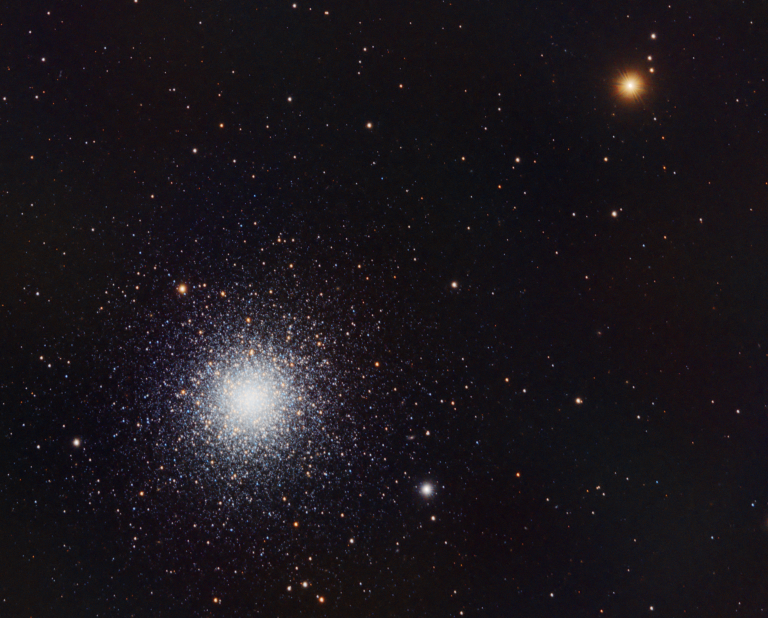
Revisiting globular cluster M3
Located about 34,000 light-years away within the constellation Canes Venatici, this tight ball of half a million stars formed just outside the disk of our galaxy – and so its stars never got mixed in with it. They’ve just been sitting there for over 11 billion years. One of the prettiest globular clusters in the…
